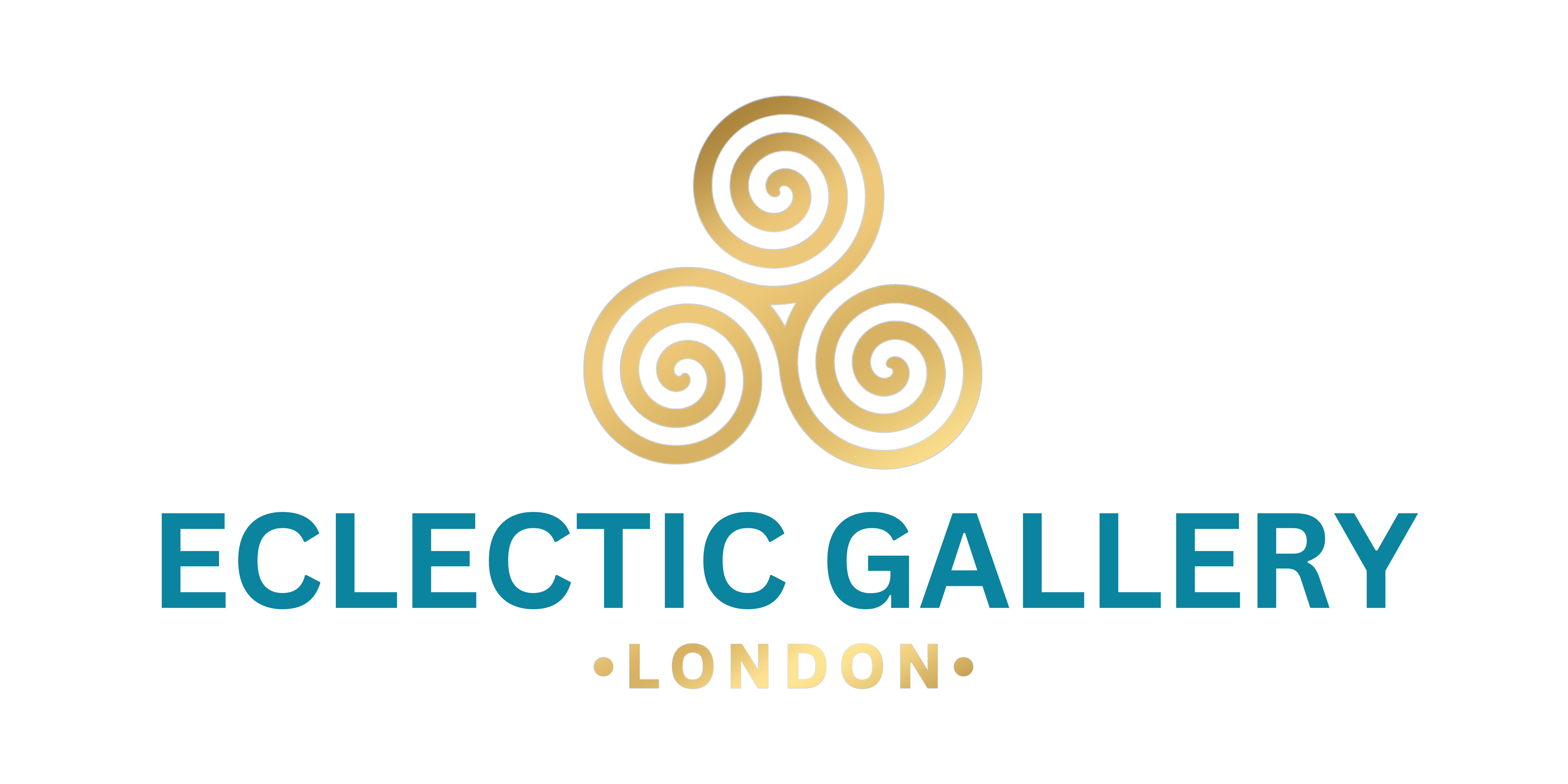Art has the profound ability to challenge societal norms and present alternative perspectives that spark dialogue and shift cultural narratives around concepts like beauty. The interpretation of beauty through artistic expression is not a universal concept, but rather a manifestation of the varied lived experiences and worldviews that makeup the rich tapestry of human culture.
Cultural perspective fundamentally informs how artists depict beauty in their work. The colours, shapes, proportions, and symbolism they employ can revere attributes like symmetry, vitality, femininity, or spirituality that hold importance in their respective cultures. Art becomes a visual language that articulates a culture's distinct identity and ideals of beauty.
This cross-pollination between art and culture is magnificently exemplified by the work of David Noalia, represented by Eclectic Gallery. David's vivid, colourful portraits capture the diverse beauty of women from around the world in a style blending modern and traditional techniques. The depth and emotional intensity rendered in the eyes of his subjects immediately draws viewers into poignant cross-cultural dialogues about inner/outer beauty, femininity, and identity.
From the elongated fertility figures of ancient African art to the romantic rationality of the Renaissance to the deconstructed forms of Cubism, seminal artistic movements across history have used beauty as a symbolic language illuminating how cultures contextually portray core values like passion, reason, individuality and more. Art does not simply mirror existing cultural viewpoints, but actually contributes to the continual evolution of a society's identity and perspectives.
When immersed in the transcendent imagery celebrating the beauty ideals of another culture, observers are granted an opportunity to comprehend perspectives that may initially seem unfamiliar. Through this enlightening exposure to different aesthetic realms, art can inherently foster greater cross-cultural empathy, unearth our shared humanity within diverse representations of beauty, and ultimately broaden our minds to embrace a more inclusive definition.
In our increasingly globalized world, art serves as an important bridge for cultural exchange and mutual understanding of our differences as well as similarities. As cross-cultural appreciation flourishes, observers will continue enhancing their ability to objectively admire diverse beauty standards while strengthening their own cultural identities. By appreciating beauty through the lens of art from all cultures, opportunities abound for societies to progress towards greater cultural integration while still preserving the unique perspectives and traditions that make each one distinctive.





